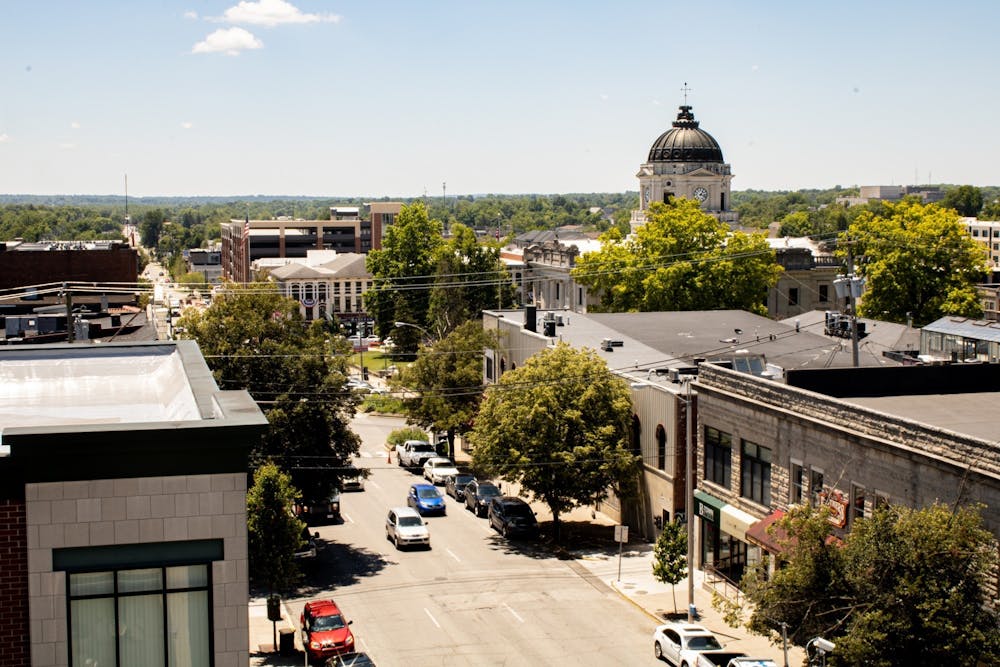Bloomington Mayor John Hamilton said the 2020 U.S. Census inaccurately counted the city’s population and could affect millions of dollars of funding for the city over the next decade.
According to the U.S. Census Bureau’s website, the most recent survey showed a drop in population of 1,237 people from 2010 to 2020.
The bureau reported an estimate of about 85,755 for the population of Bloomington in 2019, an increase of 5,350 from the 2010 census report. However, the 2020 census reported a population of only 79,168 for Bloomington, a decrease of 6,587 from the initial estimate.
Hamilton said this is not plausible. He said the city has been growing in recent years, and there is no indication this has stopped or slowed. He said the evidence suggests this is largely due to students returning home at the start of the pandemic that were not counted in Bloomington’s population. The bureau conducted Bloomington’s census survey about a week after IU sent its students home, said Hamilton.
Matt Kinghorn, a senior demographic analyst at IU, said normally census surveys are subject to small inaccuracies. However, for cities with large university student populations, he said more problems and misrepresentations can occur because of fluctuations in student housing arrangements.
“There’s no good time for a global pandemic, but as for administering a national census, the timing couldn’t have been any worse,” Kinghorn said.
Kinghorn said these surveys can affect federal funding that cities receive, school corporation planning and even local business and where they choose to conduct their affairs. Hamilton had similar concerns, saying this could limit the funding the city gets from items like the Community Development Block grant, which helps with infrastructure and economic development, or funding from the U.S. Department of Housing and Urban Development.
Hamilton said this may also affect how many seats the city gets in the state legislature and subsequently the city’s voting power as well as the city’s ability to redistrict. He said he believes there is a formal review process during which the Census Bureau may be able to conduct a recount of Bloomington’s population, but it may only be available in two or three years.
Hamilton said similarly to other cities, Bloomington is open to exploring other, quicker options to address the issue. According to a Herald-Times article from Sept. 28, Muncie, Indiana, home to Ball State University, has also experienced similar issues. Dan Ridenour, Mayor of Muncie, said its population count was about 3,000 people lower than it should’ve been for similar reasons, and he believes that Bloomington’s count was about 6,000 people too low.
John Dennis, Mayor of West Lafayette, Indiana, said his city hasn’t experienced this issue. Even though Bloomington and West Lafayette both have large university campuses, Dennis said his city has never experienced funding issues due to census inaccuracies.
“Oftentimes, because of college communities having quite a strong voice in a lot of states, we have grants and things like that that we can apply for to help ease the pain there,” Dennis said.
According to the most recent census, West Lafayette has shown a 14,999 increase in population. Dennis said West Lafayette is one of fastest growing cities in the country, which is why it hasn’t seen the same issues as Bloomington and Muncie.
Dennis said because of this and the great relationship the city has with Purdue University, West Lafayette has been able to continue to attract residents and businesses to relocate there.
“That partnership, that codependency and that friendship allows for us to do things regardless of what our population density is,” Dennis said.




